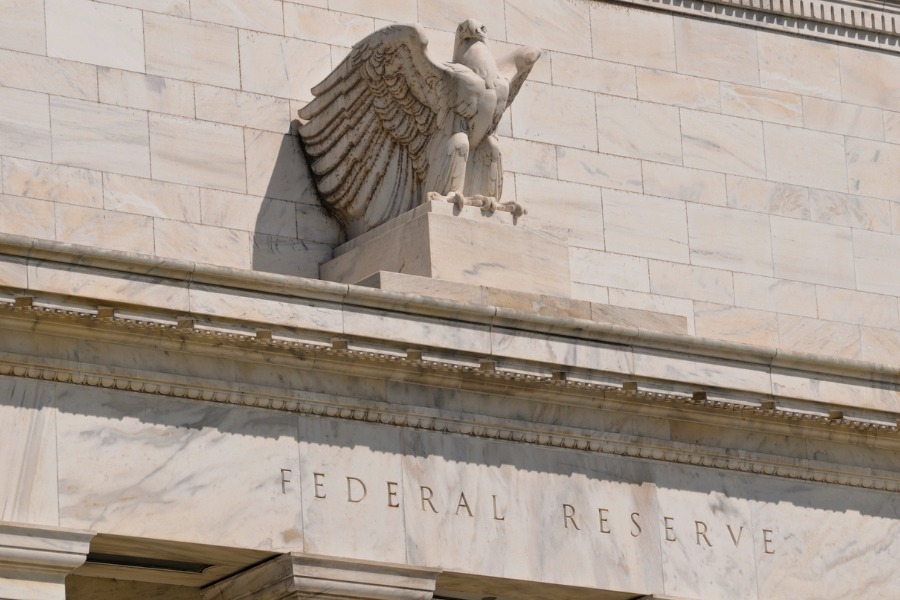

Following financial markets' hopeful expectations of further easing on interest rates, the Federal Reserve has revealed its last monetary policy decision for the year.
In its much-anticipated announcement, the central bank said it would adjust rates by a quarter percentage point, setting the target range at 4.25 to 4.5 percent to cap off 2024.
"Recent indicators suggest that economic activity has continued to expand at a solid pace," the Fed said in a statement Wednesday afternoon. "The Committee judges that the risks to achieving its employment and inflation goals are roughly in balance."
While the central bank has made great strides in its efforts to rein in inflation from its mid-2022 peak, recent readings from the Department of Labor suggest progress has stalled.
A data snapshot from the Bureau of Labor Statistics last week revealed the consumer price index inched up 0.3 percent for the month, contributing to a 3.3 percent rise year-on-year. Core CPI, which strips out food and energy costs, went up 2.7 percent. A separate report the same day showed real hourly earnings grew 1.3 percent from a year ago, lending some credence to the idea that the labor market isn't as much a factor in inflation as some had feared it would.
"Inflation has made progress toward the Committee's 2 percent objective but remains somewhat elevated," the Fed statement read.
The picture was further muddled by signs of a robust labor market. A data release from the BLS Friday showed nonfarm payrolls rising 199,000 last month, accelerating from 150,000 in October. Meanwhile, the unemployment rate declined to 3.7 percent, and workforce participation inched up.
"Since earlier in the year, labor market conditions have generally eased, and the unemployment rate has moved up but remains low," the Fed's December decision said.
Investors had counted on a steady cutting pace after the Fed's emphatic half-percentage point move in September, but those hopes dampened quickly after President-elect Donald Trump's victory at the polls on November 5.
Experts and strategists have warned of a potential inflationary outcome from Trump's tax and tariff policy proposals, adding another item to the already-demanding list of items for Fed Chair Jerome Powell and other policymakers to watch.
"In assessing the appropriate stance of monetary policy, the Committee will continue to monitor the implications of incoming information for the economic outlook," the statement said. "The Committee would be prepared to adjust the stance of monetary policy as appropriate if risks emerge that could impede the attainment of the Committee's goals."

Canadian stocks are on a roll in 2025 as the country prepares to name a new Prime Minister.

Two C-level leaders reveal the new time-saving tools they've implemented and what advisors are doing with their newly freed-up hours.

The RIA led by Merrill Lynch veteran John Thiel is helping its advisors take part in the growing trend toward fee-based annuities.

Driven by robust transaction activity amid market turbulence and increased focus on billion-dollar plus targets, Echelon Partners expects another all-time high in 2025.

The looming threat of federal funding cuts to state and local governments has lawmakers weighing a levy that was phased out in 1981.
RIAs face rising regulatory pressure in 2025. Forward-looking firms are responding with embedded technology, not more paperwork.
As inheritances are set to reshape client portfolios and next-gen heirs demand digital-first experiences, firms are retooling their wealth tech stacks and succession models in real time.
